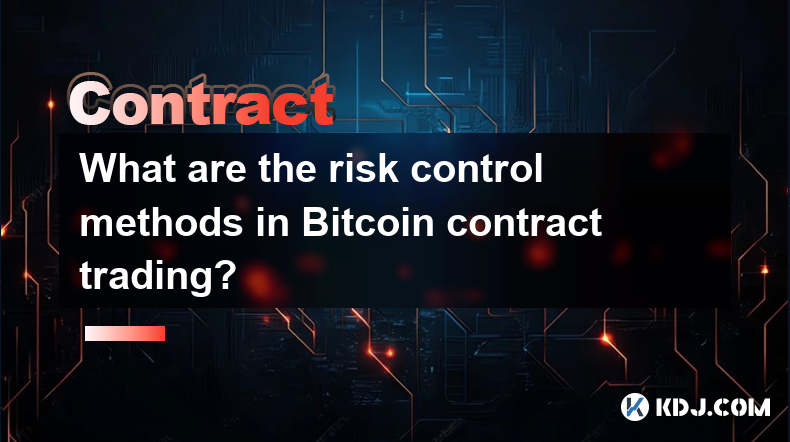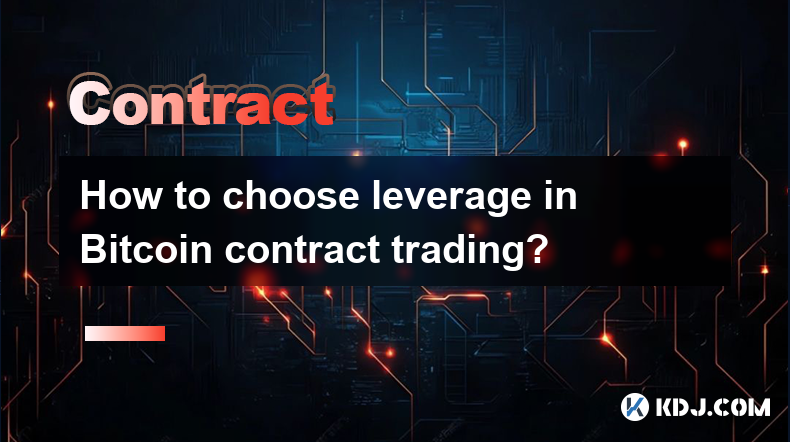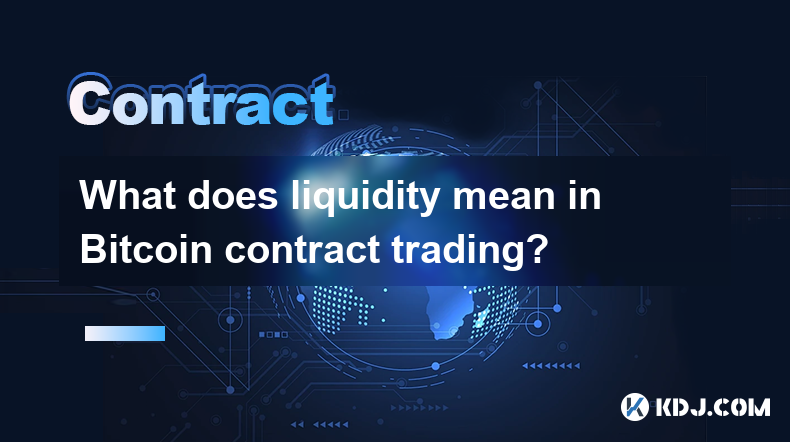-
 Bitcoin
Bitcoin $84,278.9725
-0.42% -
 Ethereum
Ethereum $2,296.3504
-1.69% -
 Tether USDt
Tether USDt $0.9991
0.05% -
 XRP
XRP $2.1772
-0.40% -
 BNB
BNB $601.6772
-1.25% -
 Solana
Solana $136.3518
-0.02% -
 USDC
USDC $0.9999
0.00% -
 Dogecoin
Dogecoin $0.2055
1.05% -
 Cardano
Cardano $0.6393
-1.38% -
 TRON
TRON $0.2274
0.29% -
 Chainlink
Chainlink $15.0150
-1.37% -
 Litecoin
Litecoin $124.9704
0.80% -
 Avalanche
Avalanche $22.1008
0.66% -
 Stellar
Stellar $0.2810
-1.28% -
 Toncoin
Toncoin $3.4297
-1.57% -
 UNUS SED LEO
UNUS SED LEO $9.2281
1.53% -
 Sui
Sui $2.7544
-4.35% -
 Shiba Inu
Shiba Inu $0.0...01432
-0.21% -
 Hedera
Hedera $0.1999
1.37% -
 Polkadot
Polkadot $4.8521
2.05% -
 MANTRA
MANTRA $7.3522
3.42% -
 Hyperliquid
Hyperliquid $20.5480
2.01% -
 Ethena USDe
Ethena USDe $0.9992
0.05% -
 Bitcoin Cash
Bitcoin Cash $295.4055
0.68% -
 Dai
Dai $0.9998
0.00% -
 Bitget Token
Bitget Token $4.1437
3.49% -
 Uniswap
Uniswap $7.8015
-2.29% -
 Monero
Monero $208.6870
-3.21% -
 NEAR Protocol
NEAR Protocol $3.0357
-0.20% -
 Aptos
Aptos $6.0934
1.44%
How to trade perpetual contract at KuCoin
To trade perpetual contracts on KuCoin, you'll need to first set up an account, fund it, choose a trading pair, set your trading parameters, place an order, monitor your open positions, and close your position when you're ready.
Nov 08, 2024 at 04:24 pm

How to Trade Perpetual Contract at KuCoin
Step 1: Open an Account on KuCoin
To begin trading perpetual contracts on KuCoin, you'll need to first create an account. Visit the KuCoin website, click on "Sign Up," and enter your email address and a password. For enhanced security measures, enable two-factor authentication (2FA) via Google Authenticator or SMS.
Step 2: Fund Your Account
Once you have an account, you need to deposit funds to start trading. KuCoin supports a wide range of cryptocurrencies for deposits, including Bitcoin (BTC), Ethereum (ETH), and Tether (USDT). Choose your preferred deposit method, such as credit card or bank transfer, and follow the instructions provided on the platform.
Step 3: Navigate to the Perpetual Contract Market
After your account is funded, head over to the "Futures" section of the KuCoin website. Select "Perpetual" from the menu to access the perpetual contract market. You'll be presented with a list of all available perpetual contract pairs.
Step 4: Choose a Trading Pair
Choose the trading pair you want to trade, such as BTC/USDT or ETH/USDT. Each pair represents the underlying asset (e.g., BTC) that you are speculating on, while the quote asset (e.g., USDT) is the currency used for trading.
Step 5: Set Your Trading Parameters
Once you have chosen your trading pair, you can set your trading parameters. This includes:
- Leverage: Adjust the leverage ratio to increase your potential profits and risks. Higher leverage amplifies your trading size but also increases your potential losses.
- Order Type: Choose from various order types, such as market orders (immediate execution at current market price), limit orders (placed at a specific price), and stop orders (triggered when a specified price is reached).
- Position Size: Determine the amount of the underlying asset (e.g., BTC) you want to trade. Remember that your position size is multiplied by the leverage factor to calculate your total leverage position.
Step 6: Place an Order
After setting your trading parameters, place your order by clicking on the "Buy/Long" or "Sell/Short" button. The order will be submitted to the KuCoin exchange and executed based on the specified order type and parameters.
Step 7: Monitor Your Open Positions
Once you place an order, it will appear in the "Open Orders" section. You can monitor the status of your order and adjust or close it as needed. Pay attention to the price action of the underlying asset and your profit/loss (P/L) to make informed trading decisions.
Step 8: Close Your Position
When you want to exit your trade, close your position by placing an opposite order. For example, if you bought BTC using leverage, you would close the position by selling the same amount of BTC. Monitor the price action and P/L to find the best time to close your position.
Step 9: Manage Your Risk
Risk management is crucial in perpetual contract trading. Implement stop-loss and take-profit orders, and use appropriate leverage to limit your potential losses. Additionally, monitor your trading performance and adjust your strategies accordingly.
Disclaimer:info@kdj.com
The information provided is not trading advice. kdj.com does not assume any responsibility for any investments made based on the information provided in this article. Cryptocurrencies are highly volatile and it is highly recommended that you invest with caution after thorough research!
If you believe that the content used on this website infringes your copyright, please contact us immediately (info@kdj.com) and we will delete it promptly.
- Bitcoin Price Likely to Hit $81k Says Analyst While This Altcoin Rises 234x in Days
- 2025-02-28 09:15:33
- Ripple's altcoin XRP falls 0.95% on February 27th, with weekly and monthly timeframes revealing a not-so-optimistic outlook.
- 2025-02-28 09:15:33
- Ripple Releases Its 2025 Strategic Development Plans, Focusing on Enhanced Institutional DeFi and Lending
- 2025-02-28 09:15:33
- Web3Bay Presale Soars Past $1.54M as Bitcoin Drops to $95,000
- 2025-02-28 09:10:33
- Seeking high-growth cryptos in this market chaos? Bitcoin, XRP, and other cryptocurrencies tried to recover early Thursday
- 2025-02-28 09:10:33
- Bitcoin (BTC) Exchange-Traded Funds (ETFs) Offering Staking Capabilities Could Significantly Boost Institutional Engagement
- 2025-02-28 09:10:33
Related knowledge

What are the risk control methods in Bitcoin contract trading?
Feb 28,2025 at 06:07am
What are the Risk Control Methods in Bitcoin Contract Trading?Key Points:Understanding Leverage and Position Sizing: Proper leverage utilization and precise position sizing are fundamental to risk management in Bitcoin contract trading. This involves understanding your risk tolerance and capital allocation strategies.Stop-Loss Orders: Your First Line of...

How to choose leverage in Bitcoin contract trading?
Feb 28,2025 at 01:06am
How to Choose Leverage in Bitcoin Contract Trading?Key Points:Understanding Leverage and its Risks: Leverage amplifies both profits and losses. A higher leverage multiplies gains but equally magnifies potential losses, potentially leading to liquidation. This section will delve into the mechanics of leverage and its impact on your trading capital.Assess...

What does liquidity mean in Bitcoin contract trading?
Feb 27,2025 at 08:19pm
What Does Liquidity Mean in Bitcoin Contract Trading?Key Points:Liquidity's Core Meaning: Liquidity in Bitcoin contract trading refers to the ease with which a trader can buy or sell a Bitcoin contract without significantly impacting its price. High liquidity means orders are filled quickly at the current market price, while low liquidity implies diffic...

How to set up stop-profit and stop-loss for Bitcoin contracts?
Feb 28,2025 at 02:49am
How to Set Up Stop-Profit and Stop-Loss for Bitcoin Contracts?Key Points:Understanding Leverage and Risk: Bitcoin contracts utilize leverage, magnifying both profits and losses. Stop-loss and stop-profit orders are crucial for risk management in this high-volatility market. Incorrectly setting these orders can lead to significant financial losses. Under...

Is Bitcoin contract suitable for beginners?
Feb 28,2025 at 04:25am
Is Bitcoin Contract Suitable for Beginners?Key Points:Understanding Bitcoin Contracts: Bitcoin contracts, primarily referring to Bitcoin futures and options, are complex financial instruments that involve significant risk. Beginners lack the necessary experience to accurately assess and manage this risk.Leverage and Risk: The high leverage offered by Bi...

What is the forced liquidation mechanism of Bitcoin contracts?
Feb 28,2025 at 03:43am
What is the Forced Liquidation Mechanism of Bitcoin Contracts?Key Points:Understanding the concept of margin trading and leverage in the context of Bitcoin contracts.Detailing how liquidation prices are calculated based on position size, leverage, and the current market price.Exploring the different types of liquidation mechanisms employed by various cr...

What are the risk control methods in Bitcoin contract trading?
Feb 28,2025 at 06:07am
What are the Risk Control Methods in Bitcoin Contract Trading?Key Points:Understanding Leverage and Position Sizing: Proper leverage utilization and precise position sizing are fundamental to risk management in Bitcoin contract trading. This involves understanding your risk tolerance and capital allocation strategies.Stop-Loss Orders: Your First Line of...

How to choose leverage in Bitcoin contract trading?
Feb 28,2025 at 01:06am
How to Choose Leverage in Bitcoin Contract Trading?Key Points:Understanding Leverage and its Risks: Leverage amplifies both profits and losses. A higher leverage multiplies gains but equally magnifies potential losses, potentially leading to liquidation. This section will delve into the mechanics of leverage and its impact on your trading capital.Assess...

What does liquidity mean in Bitcoin contract trading?
Feb 27,2025 at 08:19pm
What Does Liquidity Mean in Bitcoin Contract Trading?Key Points:Liquidity's Core Meaning: Liquidity in Bitcoin contract trading refers to the ease with which a trader can buy or sell a Bitcoin contract without significantly impacting its price. High liquidity means orders are filled quickly at the current market price, while low liquidity implies diffic...

How to set up stop-profit and stop-loss for Bitcoin contracts?
Feb 28,2025 at 02:49am
How to Set Up Stop-Profit and Stop-Loss for Bitcoin Contracts?Key Points:Understanding Leverage and Risk: Bitcoin contracts utilize leverage, magnifying both profits and losses. Stop-loss and stop-profit orders are crucial for risk management in this high-volatility market. Incorrectly setting these orders can lead to significant financial losses. Under...

Is Bitcoin contract suitable for beginners?
Feb 28,2025 at 04:25am
Is Bitcoin Contract Suitable for Beginners?Key Points:Understanding Bitcoin Contracts: Bitcoin contracts, primarily referring to Bitcoin futures and options, are complex financial instruments that involve significant risk. Beginners lack the necessary experience to accurately assess and manage this risk.Leverage and Risk: The high leverage offered by Bi...

What is the forced liquidation mechanism of Bitcoin contracts?
Feb 28,2025 at 03:43am
What is the Forced Liquidation Mechanism of Bitcoin Contracts?Key Points:Understanding the concept of margin trading and leverage in the context of Bitcoin contracts.Detailing how liquidation prices are calculated based on position size, leverage, and the current market price.Exploring the different types of liquidation mechanisms employed by various cr...
See all articles

















































































